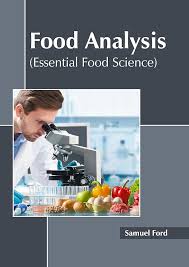
- Teacher: Chepkurui Sang
"Innovating for a Better Tomorrow."
To empower learners through cutting-edge scientific, technological, and entrepreneurial education that fosters innovation, research, and ethical leadership for sustainable development in Africa and beyond.
To be a center of excellence in science and technology education, producing globally competitive graduates who are equipped to transform communities and solve real-world problems.
Destiny Science and Technology College is a forward-looking institution dedicated to training the next generation of scientists, engineers, innovators, and technology leaders. With a commitment to academic excellence and practical skills development, the college integrates research, industry partnerships, and a values-based approach to learning. Destiny STC aims to nurture well-rounded graduates who can drive technological advancement, tackle global challenges, and contribute meaningfully to national and continental development.
Address: Destiny Complex, Tech Avenue, Nairobi, Kenya
Phone: +254 757 075 980
Email: info@destinystc.ac.ke
Website: www.destinystc.ac.ke
Facebook: @destinystc
